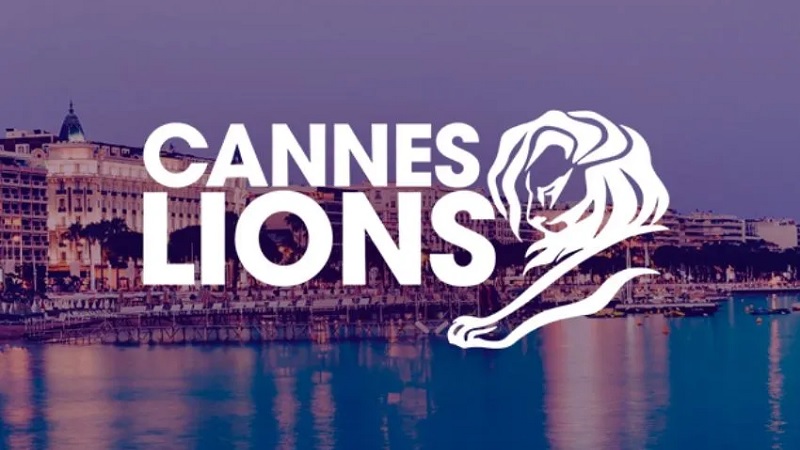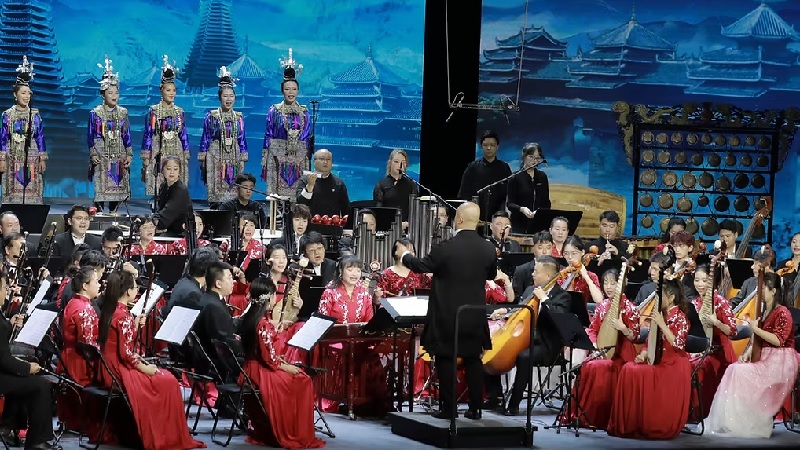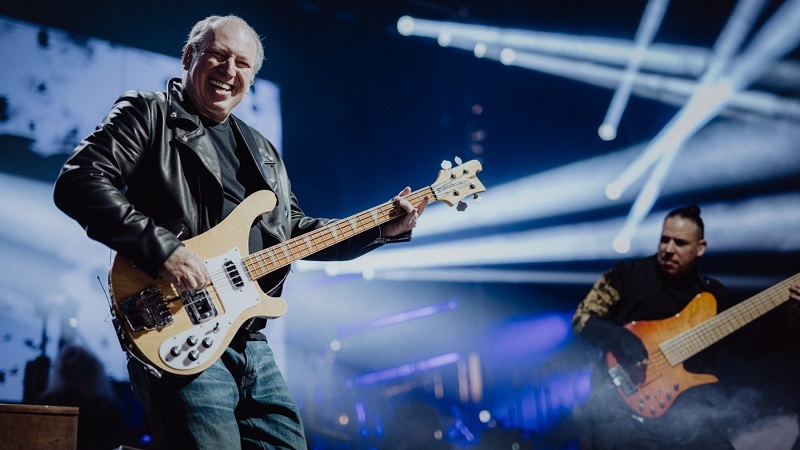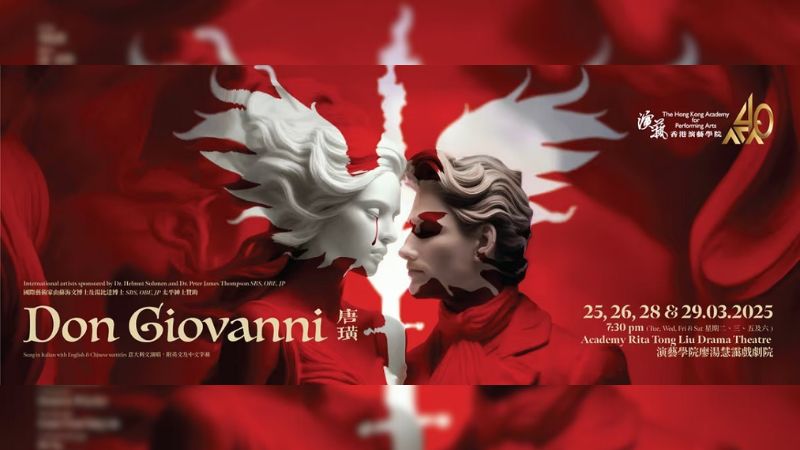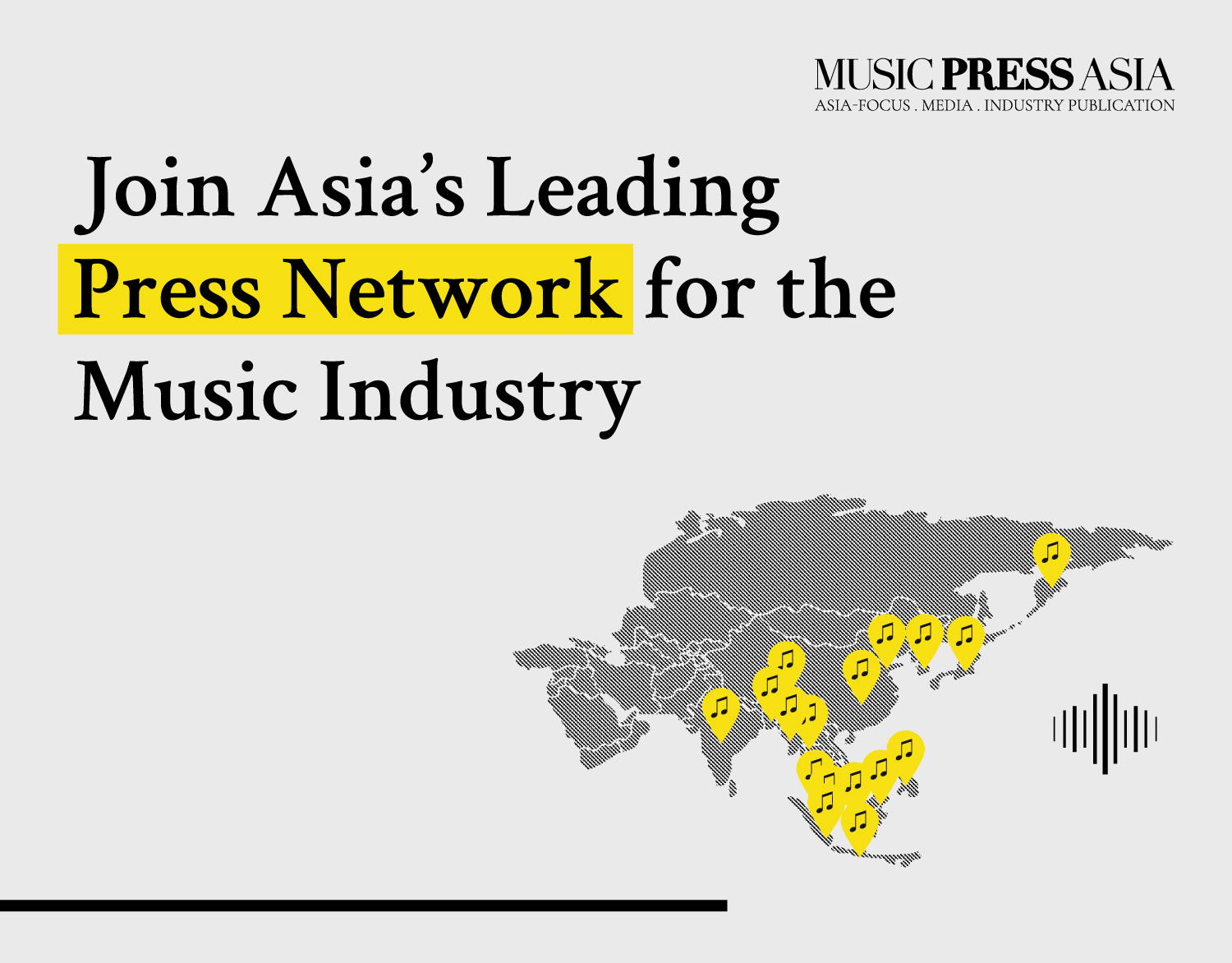Musical Consistency, Cultural Vibrancy And Courage
![[Music Press Asia / Report by Eric Reithler-Barros] On the importance of consistent music programming. Photo courtesy of Wonderfruit Festival.](https://www.musicpressasia.com/wp-content/uploads/2019/06/image1-cropped-800x450.jpg)
[Music Press Asia / Report by Eric Reithler-Barros] On the importance of consistent music programming. Photo courtesy of Wonderfruit Festival.
In a world where over 35 million songs are available to you via a button in your pocket, ready for listening whenever and wherever, what are promoters in the music scene doing for you to fall in love with their event brands, and ultimately keep their audiences coming back for more?
What does ‘cultural vibrancy’ mean?
Lutz Leichsenring is the founder of VibeLab in Berlin, and one of the world’s leading authorities on protecting creative industries. Since 2009, Lutz has also been the Club Commissioner of the city of Berlin’s ‘Club Commission’, a semi-governmental body and trade group that works with city legislators to advocate good music and nightlife venues as an essential part of what he calls the ‘cultural vibrancy’ of Berlin.
“Every place can be vibrant,” says Leichsenring. “Vibrancy is people. Vibrant is a quality you find in cities or neighborhoods where there is space for arts and the music scene, culinary offers and street markets of a certain highbrow type.”
Imagine a city block near you with a Starbucks, a Burger King, a newsstand, and a sports bar playing football on TV.
Now imagine another block with an independent craft coffee shop, a gourmet yakitori pop-up, a sculpture gallery, and an experimental cocktail bar with a DJ playing abstract beats.
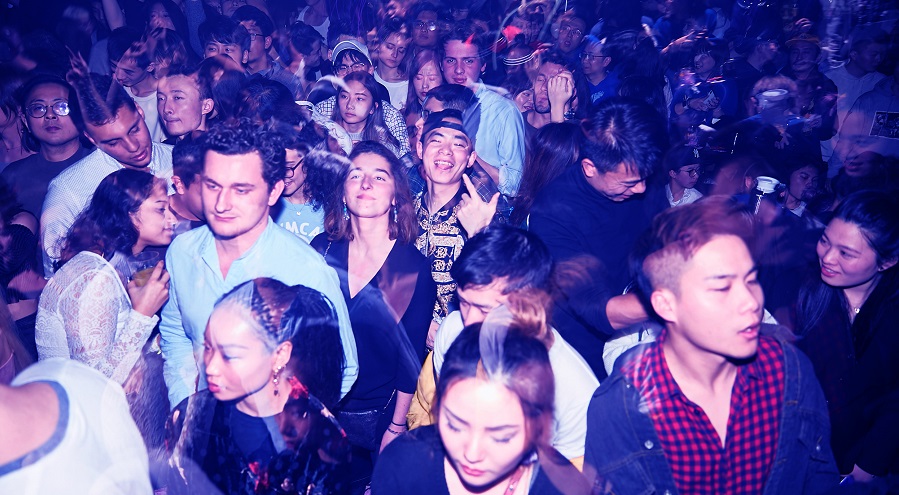
Which area do you believe has more cultural vibrancy? And why does it matter? In terms of nightlife and music, cultural vibrancy is not only a matter of culture, but also an indicator to the economic success of a city.
“A vibrant nightlife enriches a city’s quality of place,” postulates Leichsenring. “It mirrors the creativity and cultural diversity, breaking down complex social barriers whilst giving a unique voice to the city’s local and international identity. But beyond their social value, nightlife is a vital element of a city’s economy.”
“Aside from the direct revenue and job growth derived from live music scenes, arts programs and creative industries — these assets attract a young, creative workforce and an influx of cultural tourism.”
To any cultural outlet, creative focus and consistency must therefore be a key to vibrancy, right? Lets take a new restaurant as an example. What if the vision of the owner, chef, and team is to build a culinary program of Peruvian dishes. After the three months of low revenues, they get skittish and switch to being a sushi place. Five months later, they panic again and decide that a Northern Italian menu is a safer bet.
Will that restaurant be successful and gain a loyal following? Never.
So why is it that in Asia’s cultural metropolises, we generally still see so much flip-flopping in the identity of nightclubs, festivals, and livehouses? A good example is a gorgeous state-of-the-art nightclub that opened this past winter in Shanghai’s French Concession area. The owners were hip-hop fans, and the programming brought a welcome response from the city’s hip-hop community.
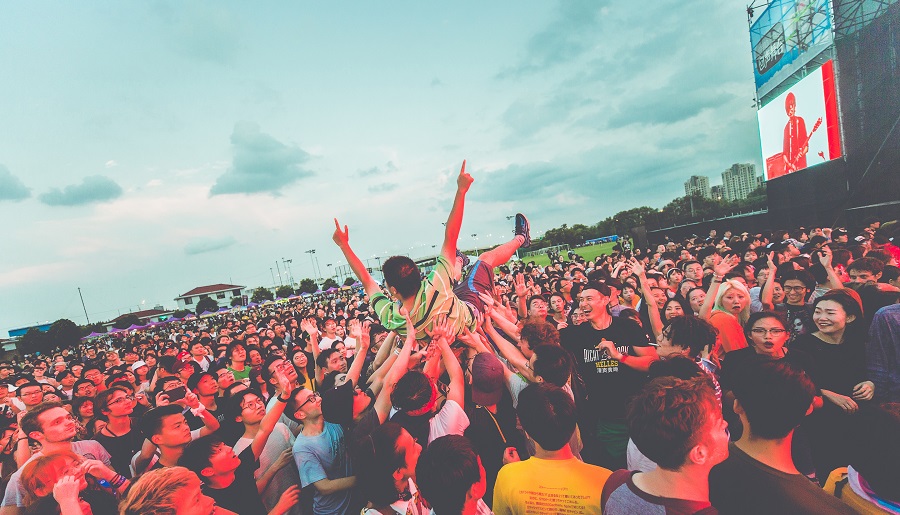
Like many newly established music venues, the first few weeks were nailbite-ing-ly tough to fill the room. Three weeks after opening, a local techno promoter took over the club for one night, it was packed.
The owners figured they hit the jackpot, so they rechristened the venue to techno. Three inconsistent weeks later, they went back to hip-hop. Then, they decided to focus on hip-hop for the first half of each night, then switch to EDM around 1am.
They wanted to be everything to everybody. Instead, they changed their brand with the wind, and they were nothing to nobody. I’m not sure if they are still around. I could venture a guess.
The point is that to be successful, relevant, and vibrant, Asian music venues need to pick a path and simply stick to it. Through feast or famine.

